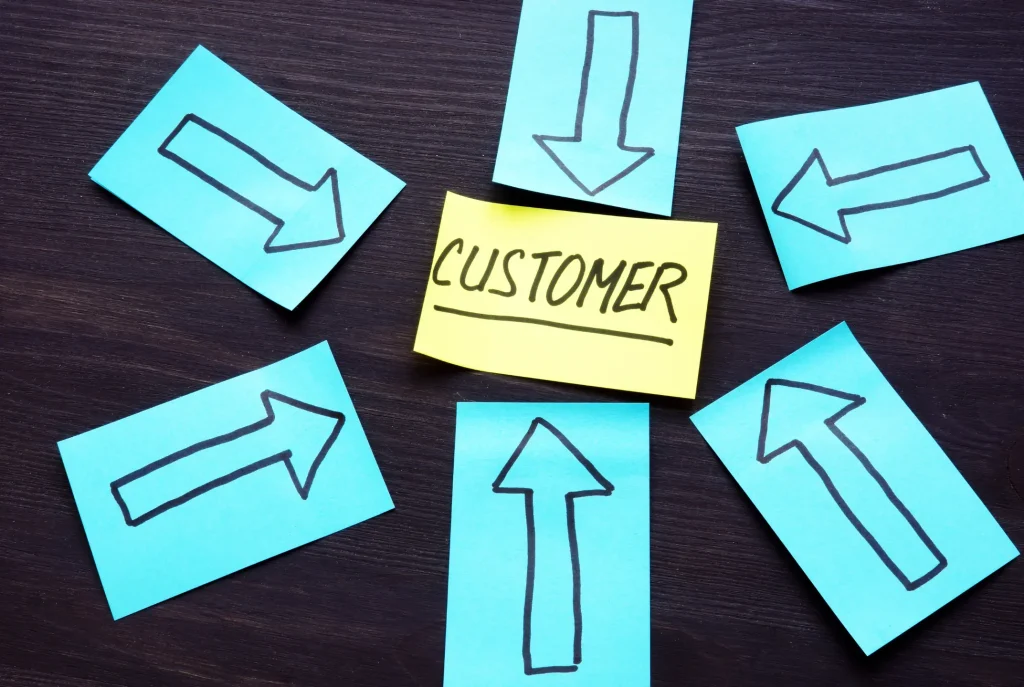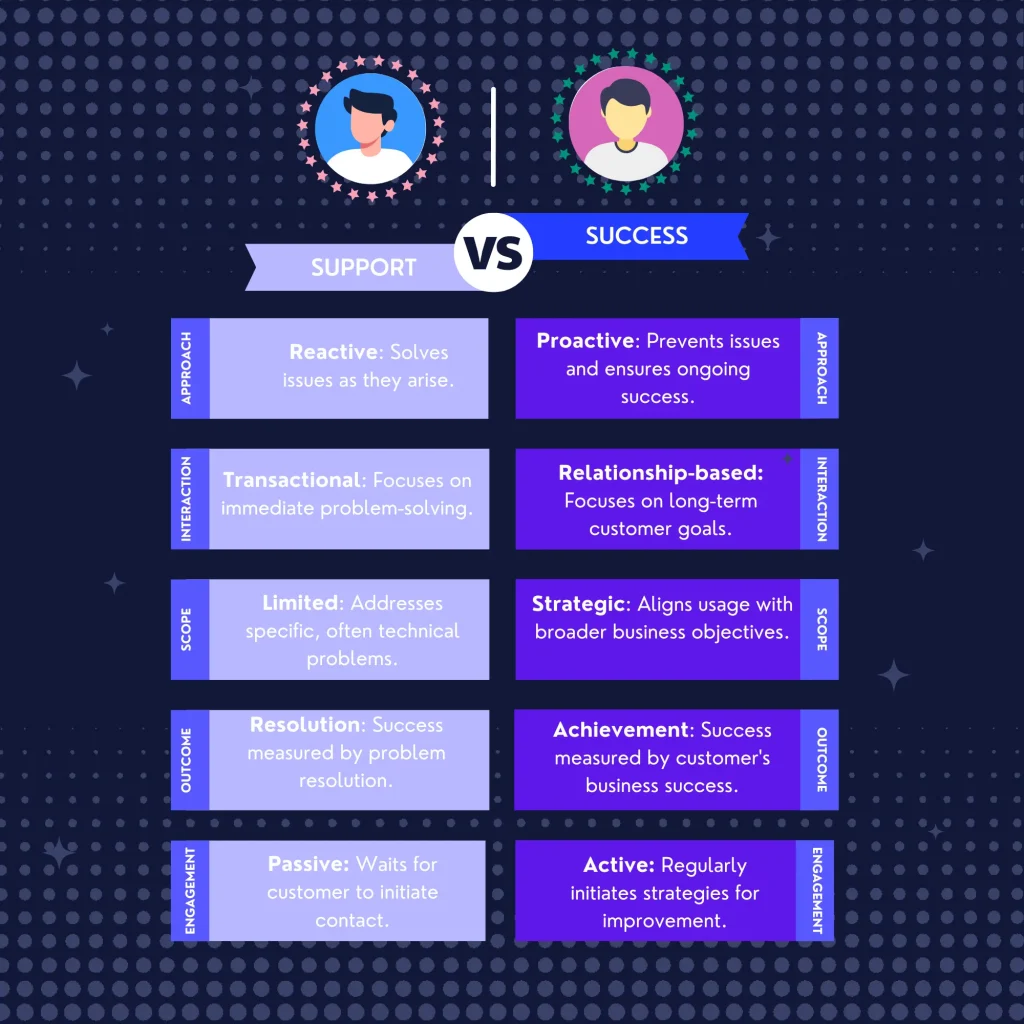Why Rafiki
Pricing


Pricing
Solutions

RevOps Leaders
Synchronize revenue generating functions

SDR Leaders
Get your team aligned and Coach your Reps 3x faster at scale

Sales Leaders
Unlock pipeline truth, drive confident forecasts

In the realm of SaaS and subscription-based businesses, the linchpin of enduring revenue growth is customer retention. Merely acquiring new customers while existing ones slip away is akin to tirelessly filling a leaky bucket—it's inefficient and unsustainable. The analogy of acquiring new customers while losing existing ones being like "filling a leaky bucket" is a common metaphor used in business and marketing to illustrate the futility of ignoring customer retention in favor of only acquiring new customers. However, this specific phrase is often used informally and does not originate from a specific, citable academic source or study. It's a widely accepted concept in customer relationship management and marketing discussions.
Reducing customer churn and bolstering retention transforms every new sale into a significant victory for revenue growth. This is where the discipline of customer success plays a critical role. Executed effectively, customer success not only secures client loyalty but also uncovers avenues to enhance revenue within each account.
This article delves into what constitutes an effective customer success strategy. We'll explore the core elements that shape successful customer success initiatives and offer seven essential tips for building a customer success strategy and team that not only retains customers but also maximizes the value of every account.
Customer success is a strategic approach designed specifically for businesses to ensure that their clients achieve the anticipated benefits and outcomes from using their products or services. This discipline is especially crucial in the SaaS and subscription models, where continuous customer satisfaction directly influences recurring revenue.
Unlike traditional customer service, which often reacts to issues as they arise, customer success is inherently proactive. It involves understanding and aligning with the customer's goals from the outset and consistently working to ensure they meet those goals through your offering. It's about creating a partnership where the success of the customer directly translates into the success of your business.

The objective of customer success is multifaceted:
By integrating customer success into your business operations, you transform passive service provision into an active growth engine.
A critical aspect of any customer success strategy is a deep understanding of your customers' needs, expectations, and experiences. This understanding forms the foundation for all subsequent interactions and interventions. Here are key steps to help you understand your customers better and thereby tailor your customer success strategy effectively:

Creating detailed customer personas is a powerful way to visualize and understand the different segments of your customer base. These personas should include demographic information, business roles, goals, pain points, and preferred communication styles.
This might mean identifying whether the user is a sales manager concerned with team performance, a sales rep focusing on daily metrics, or an executive looking for strategic insights.
Understanding your customers requires more than just sending out surveys and collecting data. It involves engaging in active listening during every interaction. Encourage your customer success and sales teams to practice active listening techniques, such as paraphrasing what the customer says and asking follow-up questions. This not only helps in gathering precise information but also makes the customer feel valued and understood.
Leverage analytics tools to gather data on how customers are using Rafiki.
Analyzing this data provides insights into customer behavior and preferences, helping you tailor your interactions and recommendations.
Implement a structured process for collecting and analyzing customer feedback. This can be through NPS surveys, customer interviews, or feedback forms integrated within Rafiki itself. Regularly review this feedback to identify trends and areas for improvement. Act on this feedback not only to address any issues but also to innovate and enhance the product.
Develop a system for monitoring customer health scores, which are indicators of how successful customers are with your product. These scores can be based on various metrics, including product usage frequency, feature adoption, support ticket frequency, and customer feedback. A robust health score system helps you proactively manage accounts, especially identifying which customers might need additional support or are at risk of churn.
Mapping out the customer journey from onboarding to renewal can provide valuable insights into key touchpoints and potential friction points. For each stage of the journey, identify what your customers need to succeed and what obstacles they might face. This map will guide your customer success team in providing targeted support at the most critical moments.
Finally, approach each customer with the aim to build a relationship, not just close a sale. This means understanding their business culture, recognizing key stakeholders, and respecting their time and contributions. For Rafiki, where relationships can significantly impact customer success, nurturing these relationships will lead to higher satisfaction and loyalty.
By thoroughly understanding your customers through these strategic approaches, you can design a customer success strategy that is not only responsive but also anticipatory of your customers' needs. This proactive stance ensures that customers achieve their desired outcomes through Rafiki, leading to greater success for them and for your business.
Customer success is essential for software and subscription companies.
Focusing on customer success helps maintain client loyalty, increases satisfaction and usage of features, and significantly boosts revenue.
Enhance Customer Retention
Rafiki's customer success platform enables you to pinpoint the key factors behind customer retention. Discover the strategies, tips, and communication techniques that top customer success managers employ to expand client accounts.